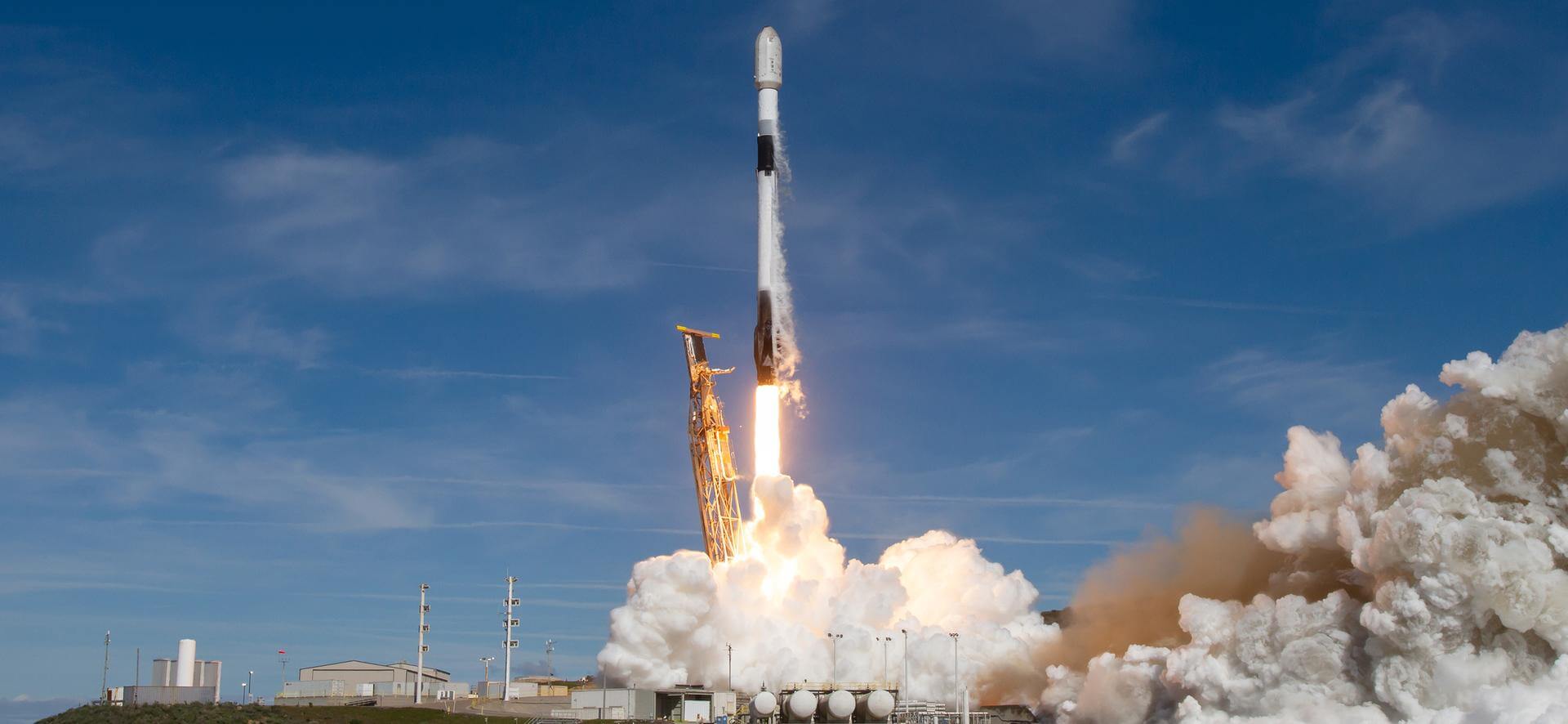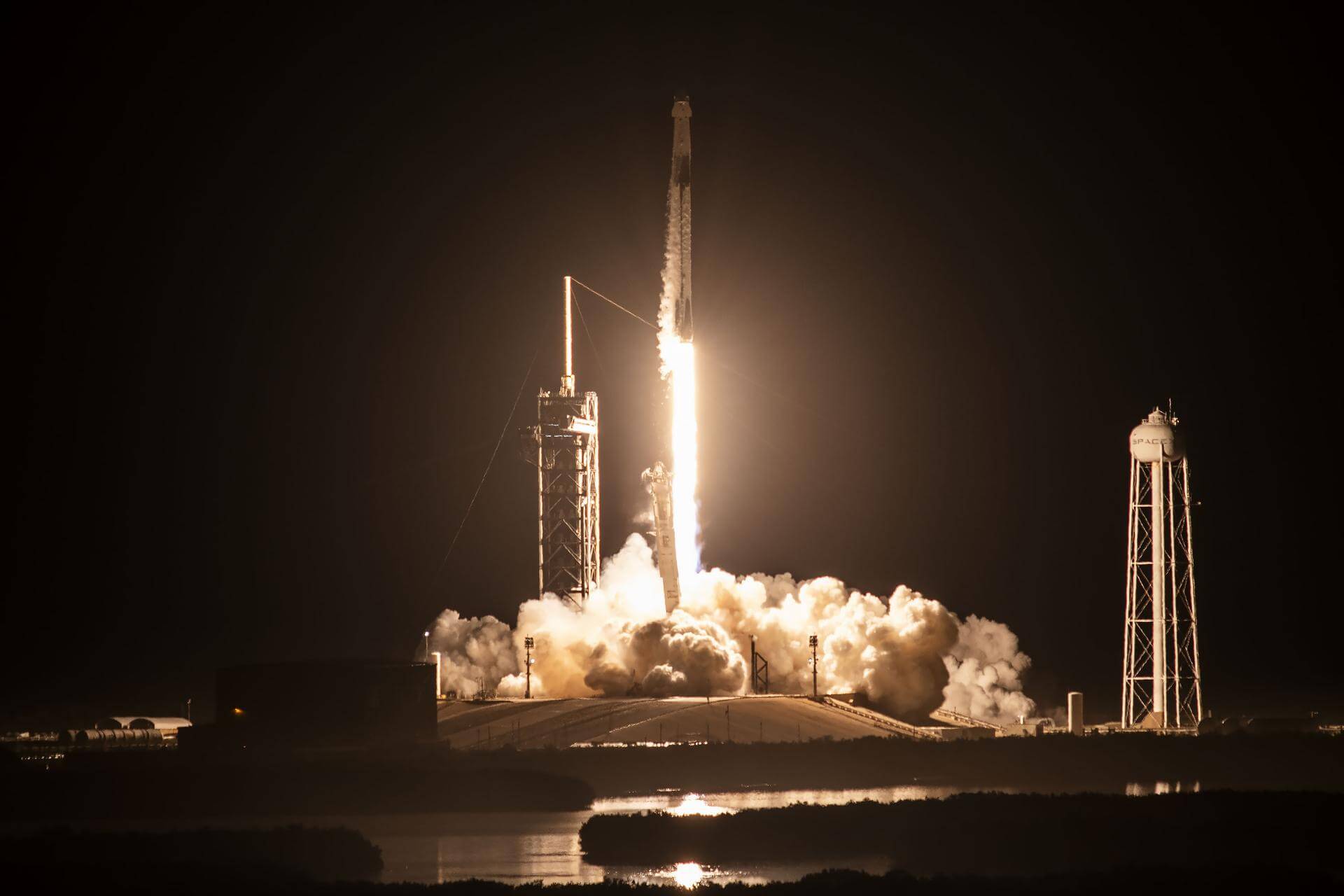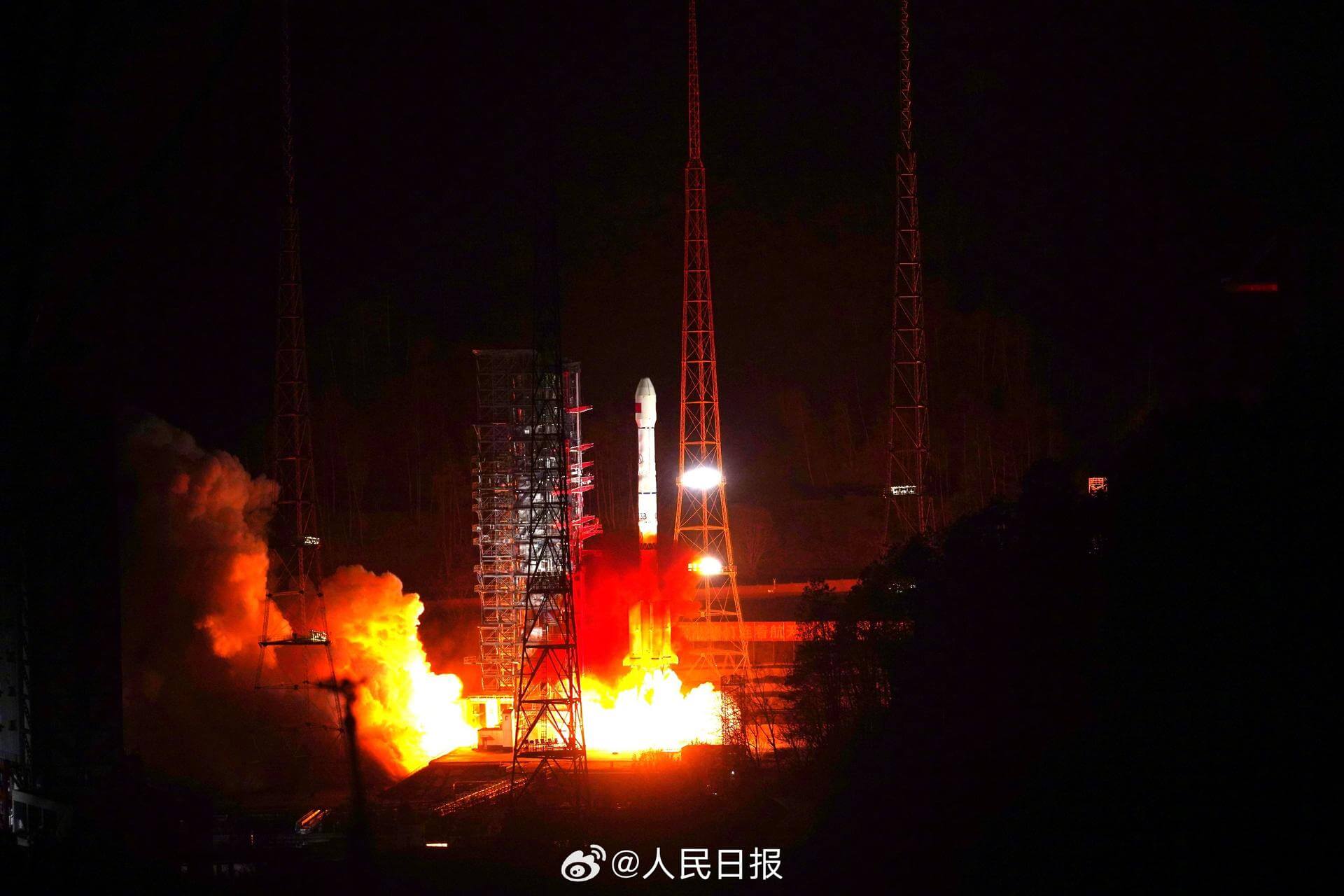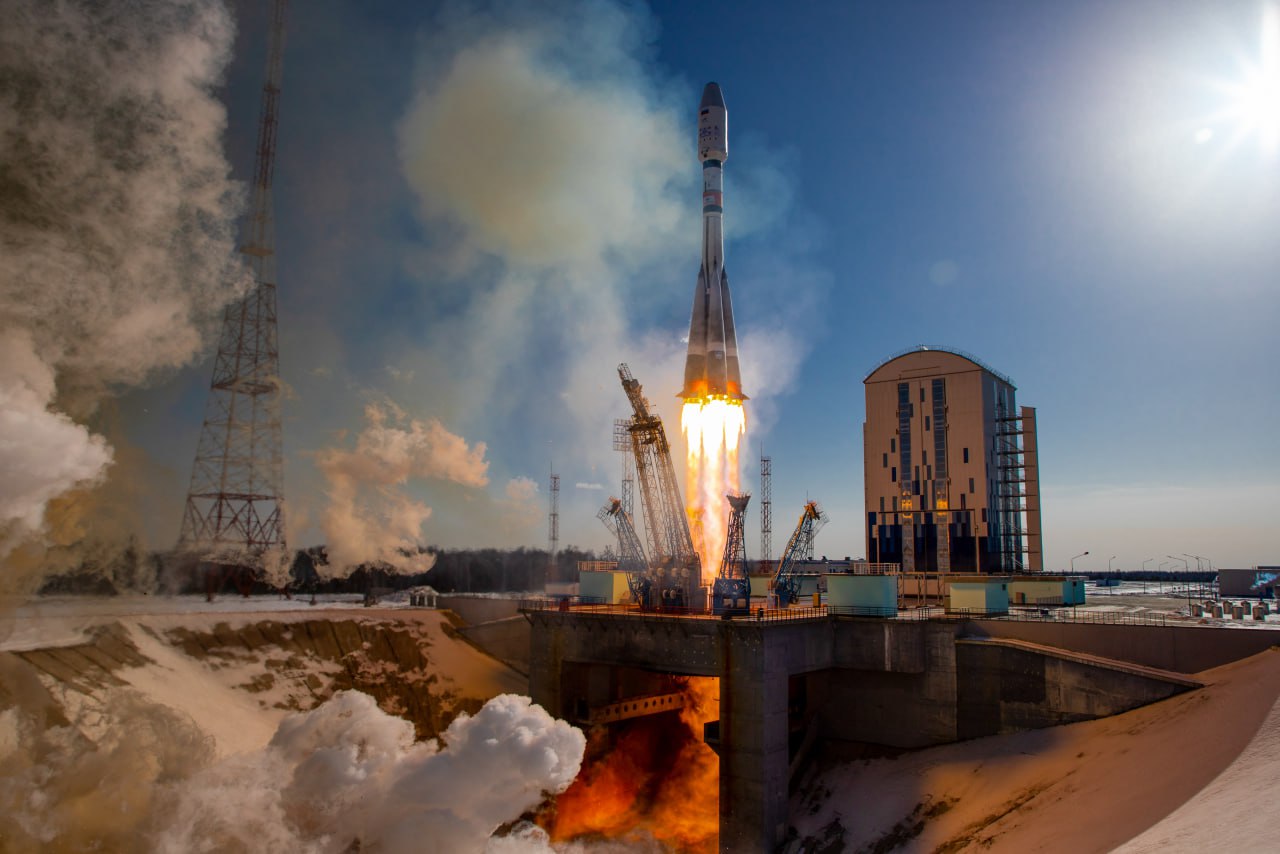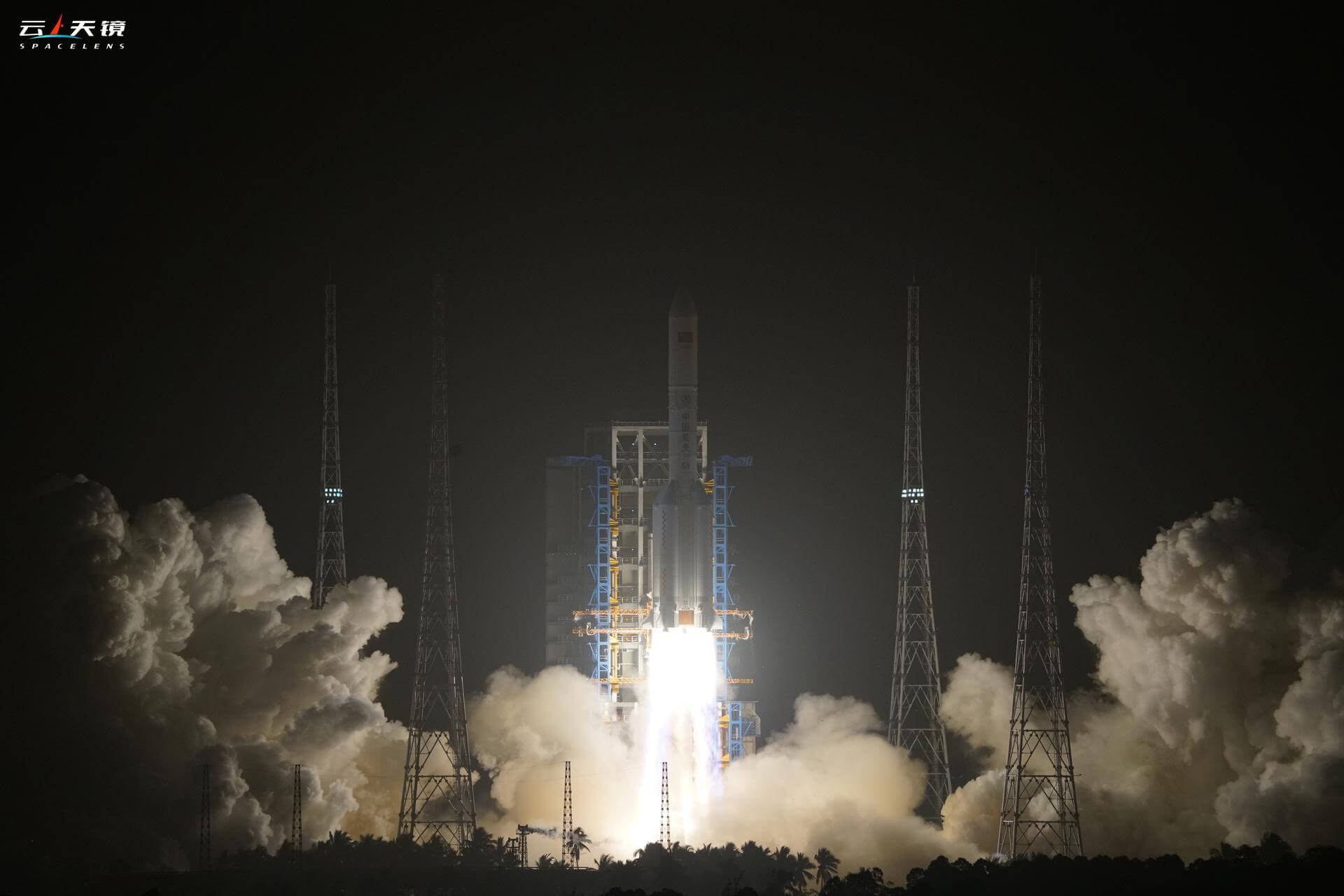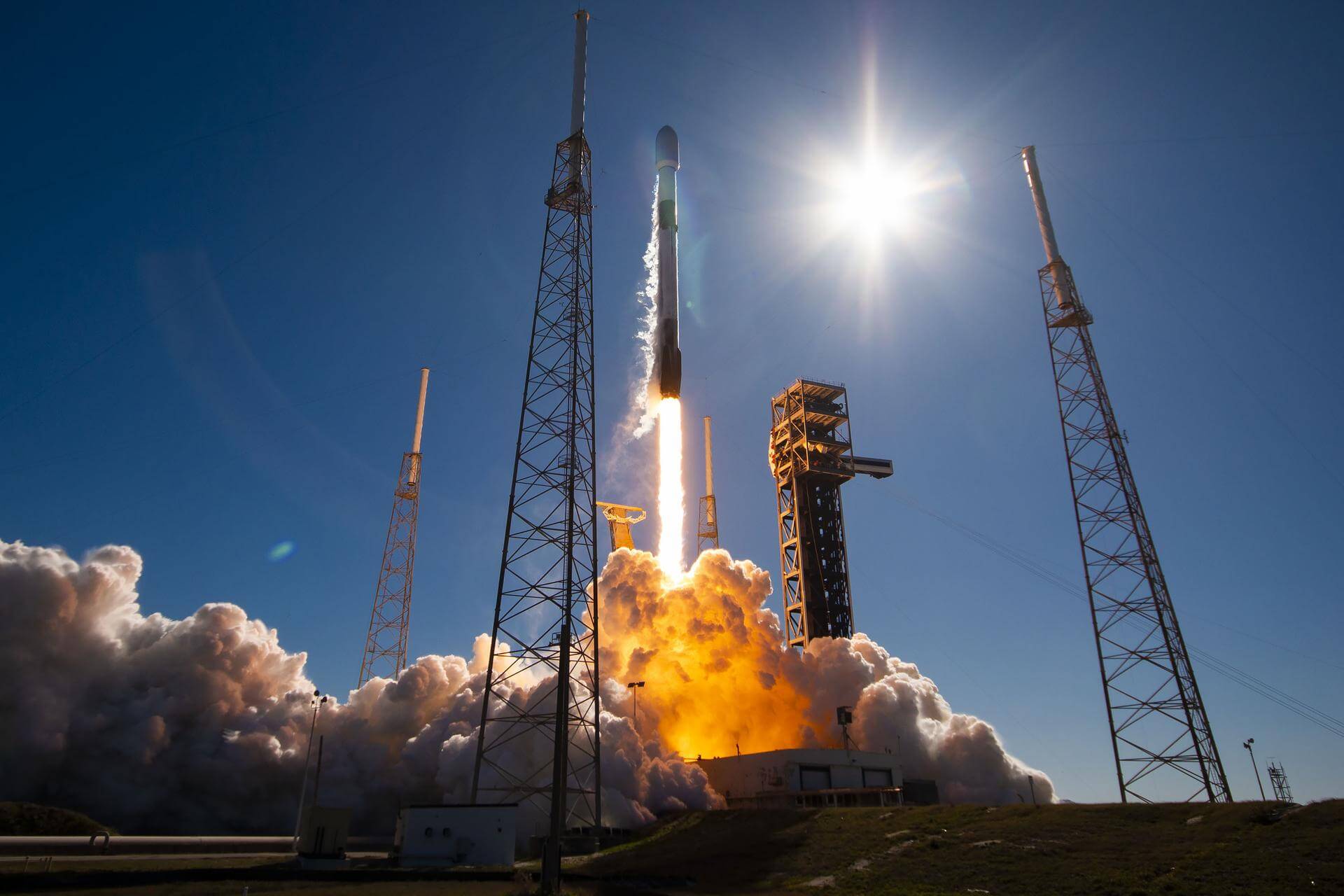Previous Spaceflight Launches
Filter by Agency, Locations or Vehicles
Show All LaunchesFalcon 9 Block 5 | Starlink Group 6-41
SpaceX | United States of AmericaCape Canaveral SFS, FL, USA
March 4, 2024, 11:56 p.m.
Falcon 9 Block 5 | Transporter 10 (Dedicated SSO Rideshare)
SpaceX | United States of AmericaVandenberg SFB, CA, USA
March 4, 2024, 10:05 p.m.
Status: Launch Successful
Mission:
Transporter 10 mission is a dedicated rideshare flight to a sun-synchronous orbit with dozens of small microsatellites and nanosatellites for commercial and government customers. There will be 53 payloads on this flight, including CubeSats, MicroSats, and a hosted payload.
Sun-Synchronous Orbit B1081 - Flight Proven ( ) Landing Zone 4Falcon 9 Block 5 | Crew-8
SpaceX | United States of AmericaKennedy Space Center, FL, USA
March 4, 2024, 3:53 a.m.
Falcon 9 Block 5 | Starlink Group 6-40
SpaceX | United States of AmericaCape Canaveral SFS, FL, USA
Feb. 29, 2024, 3:30 p.m.
Long March 3B/E | WHG-01
China Aerospace Science and Technology Corporation | ChinaXichang Satellite Launch Center, People's Republic of China
Feb. 29, 2024, 1:03 p.m.
Soyuz 2.1b/Fregat-M | Meteor-M No.2-4 & others
Progress Rocket Space Center | RussiaVostochny Cosmodrome, Siberia, Russian Federation
Feb. 29, 2024, 5:43 a.m.
Falcon 9 Block 5 | Starlink Group 6-39
SpaceX | United States of AmericaCape Canaveral SFS, FL, USA
Feb. 25, 2024, 10:06 p.m.
Long March 5 | TJSW-11
China Aerospace Science and Technology Corporation | ChinaWenchang Space Launch Site, People's Republic of China
Feb. 23, 2024, 11:30 a.m.
Falcon 9 Block 5 | Starlink Group 7-15
SpaceX | United States of AmericaVandenberg SFB, CA, USA
Feb. 23, 2024, 4:11 a.m.
Falcon 9 Block 5 | HTS-113BT (Merah Putih 2)
SpaceX | United States of AmericaCape Canaveral SFS, FL, USA
Feb. 20, 2024, 8:11 p.m.
Status: Launch Successful
Mission:
HTS-113BT is a new High Throughput Satellite telecommunications satellite in C-band/Ku-Band for PT Telkom Satelit Indonesia (Telkomsat) , a state-owned digital telecommunication company in Indonesia, for its orbital position at 113° East. Built on Thales Alenia Space's historical Spacebus 4000B2 platform, HTS 113BT will provide more than 32 Gbps capacity over Indonesia. The satellite will weigh about 4 metric tons at launch and will be delivered early 2024 for a 15-year expected lifetime.
Geostationary Transfer Orbit B1067 - Flight Proven ( ) Just Read the Instructions
